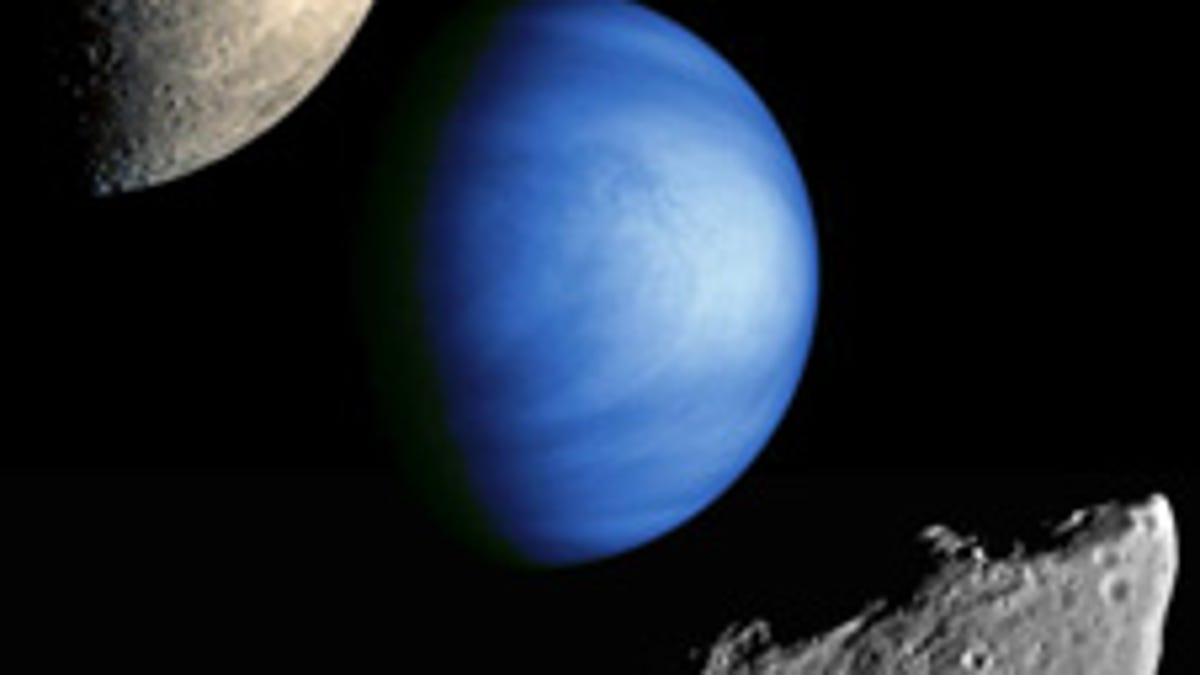NASA's next frontier: Venus, the moon, or an asteroid
Agency selects three finalists in a competition to help determine where to focus its attention to get the most scientific value out of research into our solar system.

NASA has chosen three options it will consider as its next target for future scientific space exploration--Venus, the moon, or an asteroid.
The three areas of focus are finalists in a competition designed to help the space agency determine where it should spend its time and money to get the most scientific value out of research about our solar system. It's part of NASA's New Frontiers Program, which already has two missions under way. The first is the New Horizons mission, a spacecraft that's currently on its way to Pluto and has already sent back images from a quick flyby of Jupiter. The second is called Juno, a large-scale survey of Jupiter that's planned for launch in 2011. This competition will determine the focus of New Frontiers' third mission.
The three final proposals being considered are:
- Venus: The Surface and Atmosphere Geochemical Explorer, or SAGE, mission designed by Larry Esposito of the University of Colorado at Boulder would send a probe to Venus. The probe's instruments would collect data as it descends through the planet's atmosphere, then collect and analyze geological and minerological content after landing on Venus' surface.
- An asteroid: The Origins Spectral Interpretation Resource Identification Security Regolith Explorer spacecraft, called Osiris-Rex and designed by Michael Drake of the University of Arizona at Tucson, would instead set its sights on a nearby asteroid. Osiris-Rex would collect material from the surface of an asteroid and return the samples to Earth for NASA to analyze.
- Moon: The Lunar South Pole-Aitken Basin Sample Return Mission, devised by Bradley Jolliff of Washington University in St. Louis, would entail dropping a lander near the south pole of the moon. The lander would collect material from the lunar surface, believed to have come from the moon's mantle, and return it to Earth for further study.
NASA will give $3.3 million to each of the three teams so they can conduct year-long studies to devise their mission's feasibility, cost, and management and technical plans. A final selection will be made in 2011 after those studies are complete.
The future of U.S. involvement in space exploration was the subject of much debate in 2009 and remains up in the air. NASA's current shuttle program is due to be retired this year, and a replacement program is not likely to be put in place for at least another seven years, according to a presidential panel that recently analyzed several possible strategies for manned spaceflight. And NASA currently has no money in its projected budget to operate the International Space Station beyond 2015.

